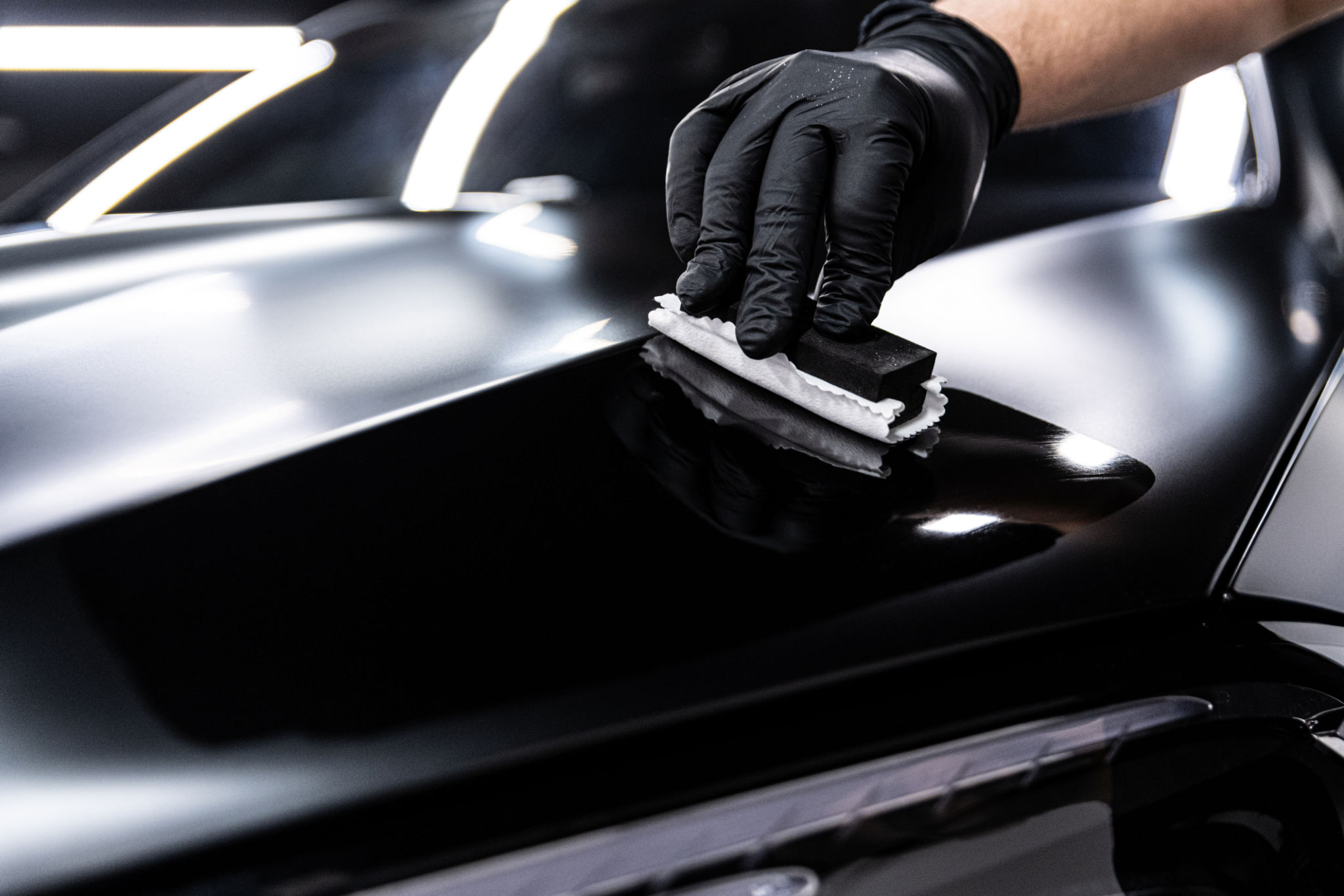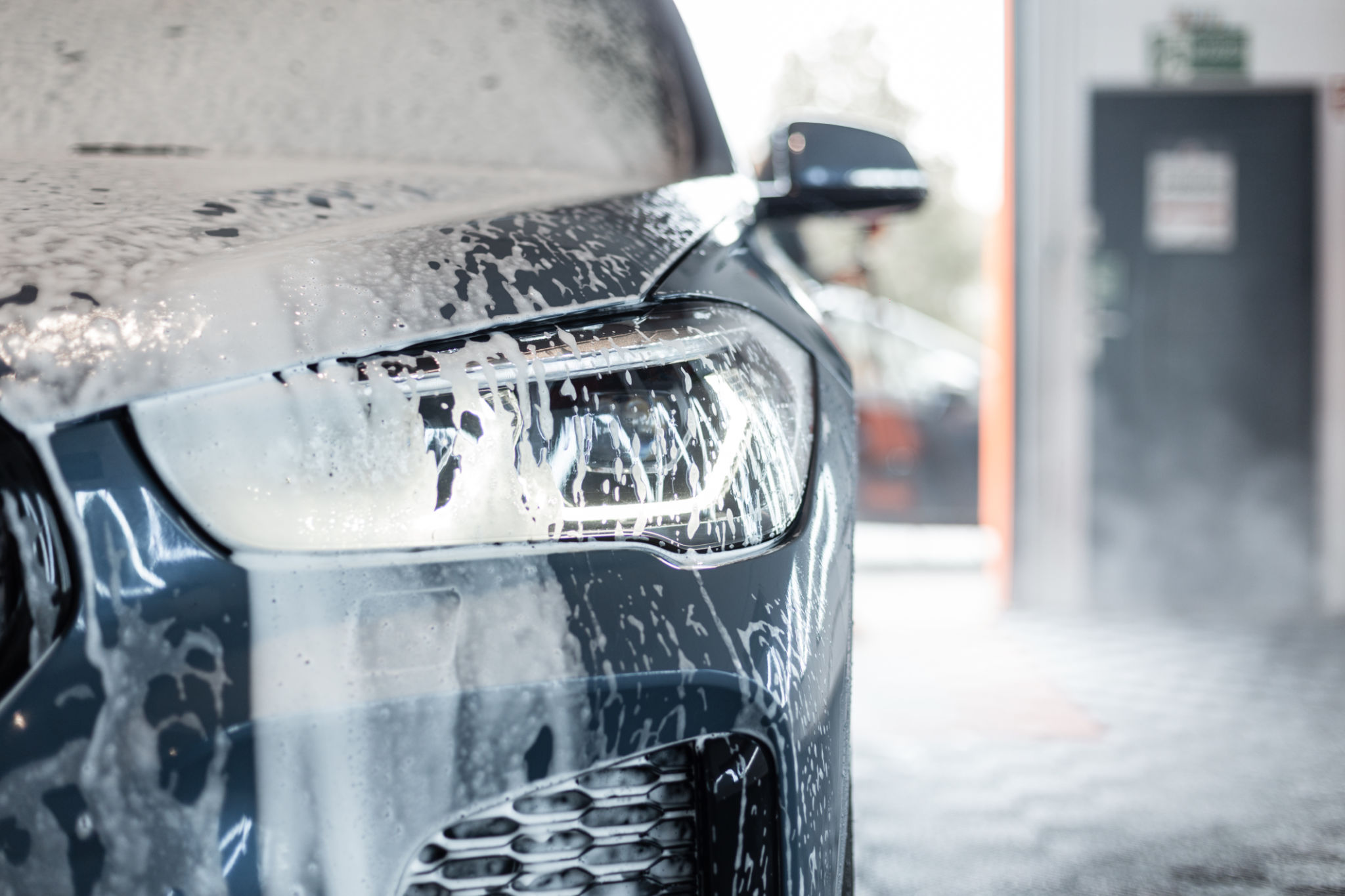Top Differences Between Traditional and Ceramic Coating for Cars
Al
Understanding Traditional Car Waxing
Car enthusiasts and owners who want to maintain the shine and protection of their vehicles often turn to traditional car waxing. This method has been a staple in car care for decades, known for its ability to enhance a car's appearance and provide a layer of protection against environmental elements. Traditional waxes are typically made from natural substances like carnauba wax, combined with synthetic elements to improve durability and application ease.
Applying traditional wax involves a straightforward process of cleaning the car surface, applying the wax evenly, and then buffing it to a shine. While it undoubtedly enhances gloss, it requires regular reapplication, usually every few months, to maintain its protective qualities. The longevity of traditional wax is heavily dependent on factors like weather conditions, car usage, and the type of wax used.

Exploring Ceramic Coating
In recent years, ceramic coating has emerged as a popular alternative to traditional waxing. This advanced car care solution offers a more durable and robust protective layer. Ceramic coatings are liquid polymers that bond chemically with the car's paint, creating a semi-permanent or permanent bond that does not wash away or break down over time.
The application of ceramic coating is a more complex process than traditional waxing. It typically requires professional assistance to ensure the coating is applied evenly and effectively. However, once applied, ceramic coatings can last for several years, offering exceptional protection against UV rays, chemical stains, and minor scratches.

Protection and Durability
One of the most significant differences between traditional and ceramic coatings is the level of protection they offer. Traditional wax provides a basic level of protection against sunlight and minor scratches. However, it is not resistant to chemical contaminants like bird droppings or tree sap, which can quickly degrade the wax layer.
Ceramic coatings, on the other hand, offer superior protection. The nano-ceramic technology creates a hydrophobic surface that repels water and resists contaminants that traditional wax cannot handle. This makes ceramic coatings ideal for car owners looking for long-term protection with minimal maintenance.

Cost Considerations
Cost is another crucial factor when choosing between traditional and ceramic coatings. Traditional waxing is generally more affordable upfront, with products available at various price points depending on quality and brand. However, the need for regular reapplication can add up over time.
Ceramic coatings, while more expensive initially due to professional application costs, may offer better long-term value. The extended durability and reduced maintenance frequency can offset the higher initial investment, making it a cost-effective solution for those planning to keep their vehicles for several years.
Maintenance Needs
The maintenance requirements of traditional and ceramic coatings also differ significantly. With traditional waxing, car owners need to regularly wash and reapply the wax to maintain the car's appearance and protection. This can be time-consuming but is relatively easy to do at home.
Ceramic coatings require less frequent maintenance but necessitate specific care routines to preserve the coating's effectiveness. Regular washing with pH-neutral shampoos and avoiding harsh chemicals will help maintain the hydrophobic properties and gloss of the ceramic coating.

Conclusion
Choosing between traditional and ceramic coatings ultimately depends on your priorities and budget. Traditional waxing might be suitable for those who enjoy routine car care and are looking for a cost-effective solution. Meanwhile, ceramic coating is ideal for those who prefer long-lasting protection with minimal upkeep.
Both options have their advantages and can significantly improve your car's appearance and protection. Understanding the differences in application, cost, durability, and maintenance can help you make an informed decision tailored to your specific needs and lifestyle.
